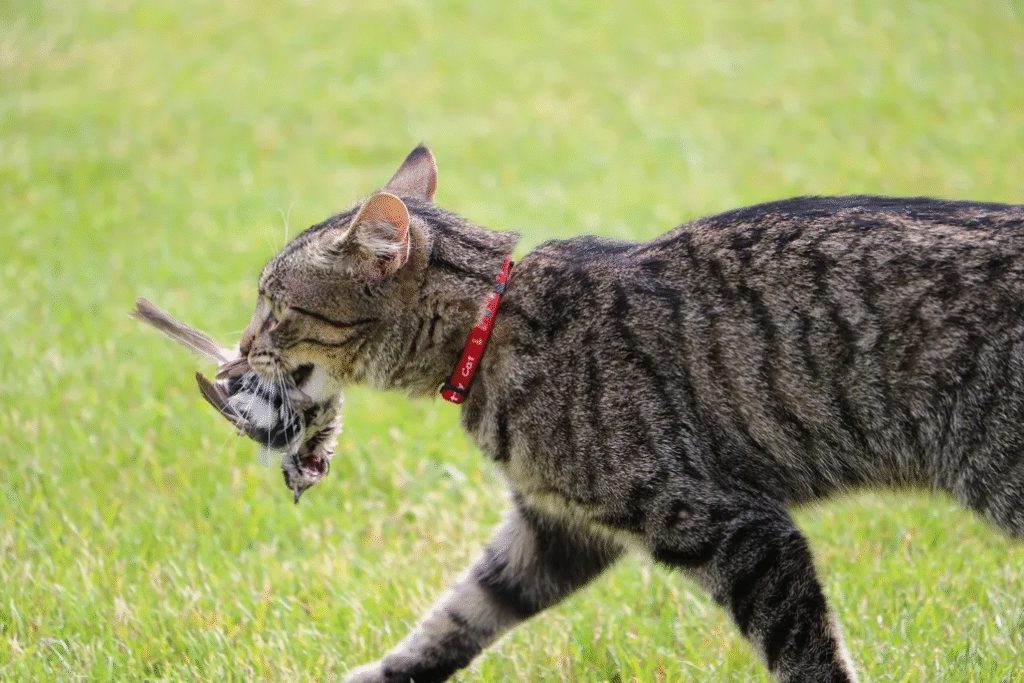Rural exodus of foxes
Introduction
Foxes, once considered shy forest dwellers, have become a familiar sight in many German cities. Drawn by abundant food and safety from hunters, these clever animals have adapted remarkably to urban life—so much so that city and country foxes now differ not only in behavior but even in genetics.
Don’t be afraid of people in the city

Many of these shy forest dwellers have been living in urban areas for decades. There, they have overcome their fear of humans and adapted—so much so that urban and rural foxes are even genetically different.
Encountering a fox in the forest is unlikely. The animals are too shy for that. In the city, however, foxes are becoming more and more common. For example, in Berlin , on a Wednesday at 6:30 a.m. on bus 222 from Tegelort to Alt-Lübars: When bus driver Sonja Henschel casts a final glance in the rearview mirror before departure, she is quite surprised. Two pointy ears suddenly appear between the seats. The first passenger of the day is a red fox. Only a loud whistle can persuade it to get off – after all, it didn’t have a ticket.
Foxes are typical cultural followers who feel just as at home in the city as humans. You can meet them in the park, on the street, in the shopping center, and in front of the patio door. These animals are omnivores, for whom the table in the city is almost always richly laid. Like their relatives in the countryside, city foxes also hunt mice and rats. When the city sleeps, they move out. But the collecting instinct of city foxes is stronger than their hunting instinct. They systematically visit trash cans at park benches, bus stops, or snack bars, spicing up their menu with leftovers from pizza boxes, kebab bags, or currywurst bowls .
More city than country foxes

Foxes are extremely adaptable , says Andreas König, a wildlife ecologist at the Technical University of Munich: “That’s what has made the species so successful.” Foxes belong to the dog family. The most widespread is the red fox; it is found in Europe, Asia, and North America. When people talk about foxes in this country, they are almost always referring to the red fox, recognizable by its reddish-brown fur, which is tinged with white on the muzzle, chest, and belly.
Adults reach a shoulder height of up to 50 centimeters and a head-body length of up to 75 centimeters; females are slightly smaller than males. Foxes have a slender, stocky build, but their thick fur and bushy tail, which can reach up to 40 centimeters in length, make them appear larger and bulkier than they actually are, especially in winter.
Foxes are not particular about their habitat choices. They live in forests , farmland , on the coast , or in the mountains . Since the late 1990s, they have been drawn to cities. There is more food there, the structural diversity is greater than in the countryside, and, most importantly, they are not hunted. “The animals quickly realized that city dwellers pose no threat,” explains König. There are now more urban foxes than rural foxes: “For every 100 hectares in rural areas, there are ten to fifteen in the city.”
Shared flat with badger, polecat and rabbit

An imbalance that has to do with the flexible social behavior that foxes are capable of: “In the city, where the animals can find enough food in a small space, they usually live together in family groups ,” explains the wildlife ecologist. Each group is led by a dominant male and a dominant female. “In addition, there are the current cubs and cubs from the second-to-last litter, which have to submit to the dominant pair.” The group members roam a demarcated area that is defended against outside foxes. It is different in the countryside: There, loners or pairs claim a territory for themselves , which is also significantly larger due to the lower food density. While urban foxes are content with less than 50 hectares on average, territories in the countryside are between 200 and 700 hectares.
Fox often move into badger or rabbit burrows, which they then expand and extend. If there’s enough space, the fox may share its burrow with a badger , polecat, or wild rabbit . Such a shared habitat is usually peaceful; potential prey remains undisturbed.
In cities, however, foxes also make do with simpler dwellings such as woodpiles, garages, or garden sheds. Foxes also raise their young in their dens; three to six per litter, which are deaf and blind for the first few weeks, are born. During this time, the female rarely leaves the den and is provided with food by the male.
Hunting like a cat

The fox’s prey includes birds, reptiles, young hares, and small rodents. It also eats carrion, earthworms , insects , fruit, and berries. However, foxes prefer mice, which they attack with what’s known as a mouse pounce. They tilt their heads, locate the mouse with their ears, which can be rotated in almost any direction, leap upwards in an arched jump, and grab the mouse with their front paws—a hunting behavior similar to that of a cat.
Urban and rural foxes have also diverged genetically over the years . Urban foxes cannot be relocated—they belong in the city. However, no one needs to fear contracting rabies. Germany has been considered rabies-free since 2008. Fox tapeworm infections are also extremely rare in this country. Nevertheless, one should never attempt to pet a friendly urban fox. Foxes are wild animals even in the city.
Conclusion:
Urban foxes are no longer rare visitors they are permanent residents of the city. Their adaptability, intelligence, and flexible social behavior have made them thrive alongside humans. Still, it’s important to remember: foxes are wild animals and should be respected from a distance, no matter how tame they may seem.
Foxes in the City: Test Your Knowledge!
Discover how well you understand the fascinating lives of urban foxes in Germany. Take this quick 5-question quiz!
Q1: Why have foxes adapted well to city life in Germany?
Q2: What unusual place was a fox spotted in Berlin?
Q3: What do city foxes eat most frequently?
Q4: What unique hunting method do foxes use for catching mice?
Q5: How do foxes behave socially in cities?







